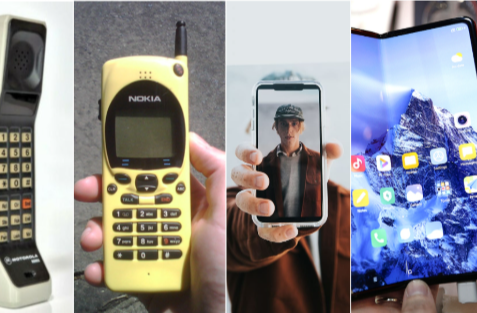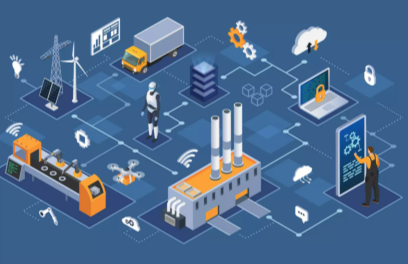Mobile technology has undergone significant transformations since its inception. The journey began in the 1980s with car phones, marking the start of personal communication. The 1990s introduced text messaging and the mobile internet, reshaping how individuals interacted. As the 2000s ushered in smartphones, the landscape of daily life evolved dramatically. Today, 5G technology is not only enhancing connectivity but also presenting new challenges. What implications do these advancements hold for the future?
The Birth of Mobile Communication: The 1980s
As the 1980s unfolded, the landscape of communication began to transform dramatically, driven by the advent of mobile technology. The introduction of car phones marked a significant leap, utilizing analog signals that allowed early adopters to experience communication on the go.
This innovation sparked the development of mobile networks, laying the groundwork for a future dominated by wireless connectivity. Meanwhile, communication satellites played a crucial role in expanding coverage, though challenges arose from regulatory hurdles that hindered rapid deployment.
The decade witnessed a tug-of-war between innovation and regulation, as pioneers navigated the complexities of a nascent market. Ultimately, the 1980s set the stage for a revolution in personal freedom, reshaping how individuals connected with each other across vast distances.
Read more: What Is Edge Computing and Why It Matters
The Rise of Text Messaging and Mobile Internet: The 1990s
With the dawn of the 1990s, the digital landscape began to evolve rapidly, ushering in a new era characterized by the rise of text messaging and mobile internet.
Text messaging, initially introduced through SMS, transformed communication by allowing users to send brief, instantaneous messages without the constraints of voice calls. This shift not only enhanced connectivity but also fostered a culture of brevity and efficiency in communication.
Concurrently, the emergence of mobile internet began to reshape how individuals accessed information. Although limited in speed and functionality, early mobile web services laid the groundwork for a more connected society.
The combination of text messaging and mobile internet signified a pivotal moment in the evolution of mobile technology, empowering users with newfound freedom in communication and information access.
The Smartphone Revolution: The 2000s
The 2000s marked a transformative decade in mobile technology, culminating in the advent of the smartphone—a device that revolutionized how individuals interacted with both technology and each other.
Central to this revolution was the integration of touchscreen technology, allowing users to navigate devices with unprecedented ease. The emergence of mobile applications further enhanced the smartphone’s appeal, providing a platform for diverse functionalities that catered to personal needs and interests.
This era saw a shift in communication, as social media and instant messaging apps became integral to daily life. The smartphone not only facilitated connectivity but also empowered users, liberating them from traditional computing constraints.
Thus, the decade laid the groundwork for a future where mobile devices would become indispensable tools for freedom and expression.
The Era of 5G and Beyond: The 2010s and 2020s
Although many hailed the arrival of 4G as a significant leap in mobile connectivity, the subsequent rollout of 5G technology in the 2010s and early 2020s represented a paradigm shift that fundamentally altered the landscape of mobile communication.
5G advancements enabled unparalleled speeds and reduced latency, transforming network infrastructure to support the burgeoning demands of mobile applications. This era witnessed a surge in IoT integration, facilitating smart cities and connected devices.
Furthermore, innovations in augmented and virtual reality became feasible, enhancing user experiences across various sectors. However, this rapid evolution raised concerns about digital privacy and prompted discussions on tech regulations to safeguard users.
As society navigates these changes, the balance between technological freedom and privacy remains a pivotal challenge.
Conclusion
As mobile technology continues to evolve, one must ponder the future it holds. Will the next wave of innovation enhance human connectivity or deepen societal divides? The rapid advancements in 5G and IoT suggest a world brimming with possibilities, yet they also raise questions about privacy and ethics. The journey from car phones to smartphones has been remarkable, but the next chapter remains unwritten, leaving us to wonder: what will the next revolution in mobile communication unveil?



